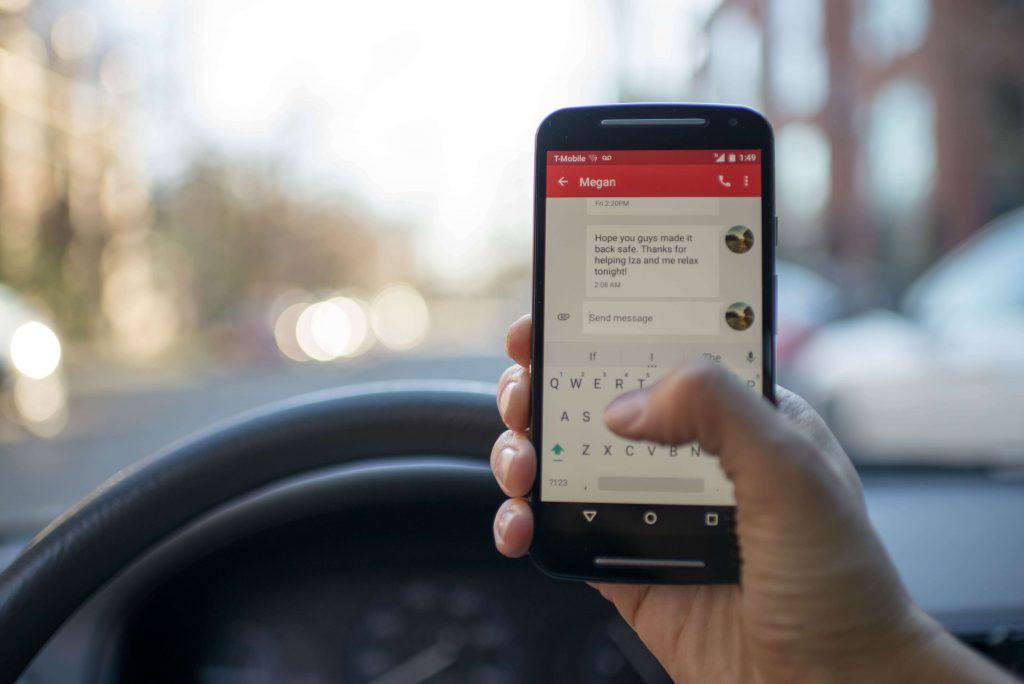Cell Phone Use While Driving Accident Statistics
Cell Phone Use While Driving Accident Statistics

Distracted driving has become a pervasive and dangerous problem on U.S. roads, with the National Safety Council (NSC) reporting that over 3,000 people lose their lives each year in accidents attributed to this perilous behavior. Among the various distractions, cell phone use is a particularly hazardous activity, with texting while driving presenting an even greater risk. To shed light on the gravity of this issue, the NSC has generated annual estimates of cell phone-related crashes, recognizing the need for concrete data to prompt legislative action, corporate policies, and individual responsibility to combat this growing menace.
Cell Phone Crash Statistics:The NSC’s comprehensive report encompasses property damage crashes, injuries, and fatal accidents, offering a sobering glimpse into the dire consequences of distracted driving:
Parental Distraction: Surprisingly, parents with small children in their vehicles were found to be 13 percent more likely to engage in distracted driving. This alarming statistic underscores the need for heightened awareness among caregivers.
Fatalities in 2017: In 2017 alone, a staggering 3,166 lives were lost due to accidents involving distracted driving, primarily attributable to cell phone use.
Distracted Driving Incidents: The year 2017 witnessed a shocking 34,247 distracted driving accidents, each stemming from the dangerous habit of using cell phones behind the wheel.
Deadly Consequences: A total of 15,341 drivers were involved in fatal crashes as a result of cell phone use while driving. These tragedies not only devastate families but also serve as a stark reminder of the urgent need for change.
In light of these disheartening statistics, the NSC emphasizes the importance of these new estimates as critical data for legislators, business leaders, and individuals to assess the pressing threat posed by cell phone use and texting while driving. The need for legislation, corporate policies, and individual behavioral change is evident, and the NSC is at the forefront of advocating for these measures.
Banning Cell Phone Use While DrivingThe NSC believes that the momentum for laws prohibiting cell phone use while driving is steadily gaining ground. The organization’s estimates are built upon widely accepted statistical methods and analyses, relying on data from the National Highway Traffic Safety Administration (NHTSA) and peer-reviewed research that quantifies the risks associated with cell phone use and texting behind the wheel. Academic researchers specializing in traffic safety and biostatistics have scrutinized the NSC’s statistical model and estimates.
NHTSA Data on Cell Phone UseThe NSC’s estimate that 26% of all crashes, approximately 1.1 million accidents, result from cell phone use is derived from NHTSA data revealing that 11 percent of drivers use cell phones at any given time. Additionally, peer-reviewed research has demonstrated that using a cell phone while driving increases the risk of a crash by four times. The NSC’s estimate that an additional minimum of 3 percent of collisions, about 200,000 accidents, are caused by texting is grounded in NHTSA data indicating that 1 percent of drivers manipulate their devices, including texting while driving. Notably, research has shown that texting multiplies the crash risk by 8 times. Even when considering the highest risk factor reported in research—23 times—texting accounts for a maximum of one million accidents, but less than the 1.1 million accidents caused by other forms of cell phone use.
The NSC’s findings and estimates shed light on the alarming scope of the distracted driving epidemic in the United States, with cell phone use and texting as significant contributors to this crisis. The organization’s call for action underscores the pressing need for legislative measures, corporate policies, and individual commitment to combat this perilous behavior. As we strive for safer roads, all stakeholders need to recognize the gravity of the situation and work together to curb the devastating consequences of distracted driving.
Editor’s Note: updated 11.13.23 Photo by Roman Pohorecki from Pexels [cs 645]